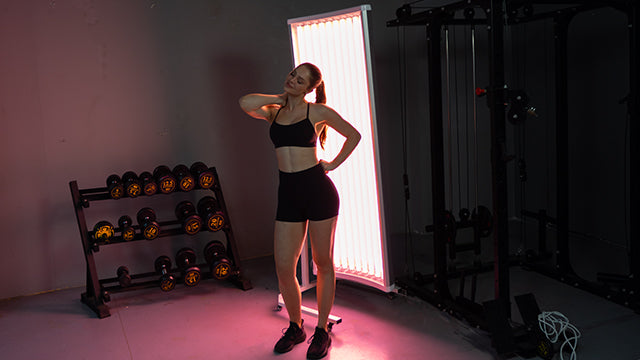Frequently Asked Questions About Red Light Therapy & Inflammation

1. What is inflammation, and how does red light therapy help with it?
Inflammation is the body’s natural response to injury or infection. Red light therapy helps reduce inflammation by stimulating mitochondrial activity, increasing ATP production, and enhancing tissue repair and cellular function.
2. Can red light therapy reduce chronic inflammation?
Yes. Red light therapy may help reduce chronic inflammation in conditions like arthritis, muscle soreness, nerve pain, and joint stiffness. Regular and consistent use is important for long-term effects.
3. What types of inflammation can red light therapy treat?
Red light therapy can help with various types of inflammation, including:
Muscle inflammation
Joint inflammation (e.g. arthritis)
Skin inflammation (e.g. acne, eczema)
Post-injury swelling
Back and neck pain
4. How long does it take to see results?
Most users begin to see noticeable improvements within 1–2 weeks of consistent daily use. For chronic issues, longer use (up to 4–8 weeks) may be needed.
5. What’s the best wavelength for reducing inflammation?
The most effective wavelengths are:
660nm (Red light) – Targets skin and surface tissue inflammation
850nm (Near-infrared light) – Penetrates deeper into muscles and joints for deeper inflammation
6. Is red light therapy safe for inflamed areas?
Yes, red light therapy is generally safe and non-invasive. It does not heat tissue and has no downtime. However, people with light sensitivity, certain medical conditions, or who are pregnant should consult a healthcare professional before use.
7. Can I use red light therapy at home for inflammation?
Absolutely. Many FDA-cleared red light therapy panels and handheld devices are available for home use. Just follow the manufacturer’s instructions and ensure the device uses the correct wavelength.
